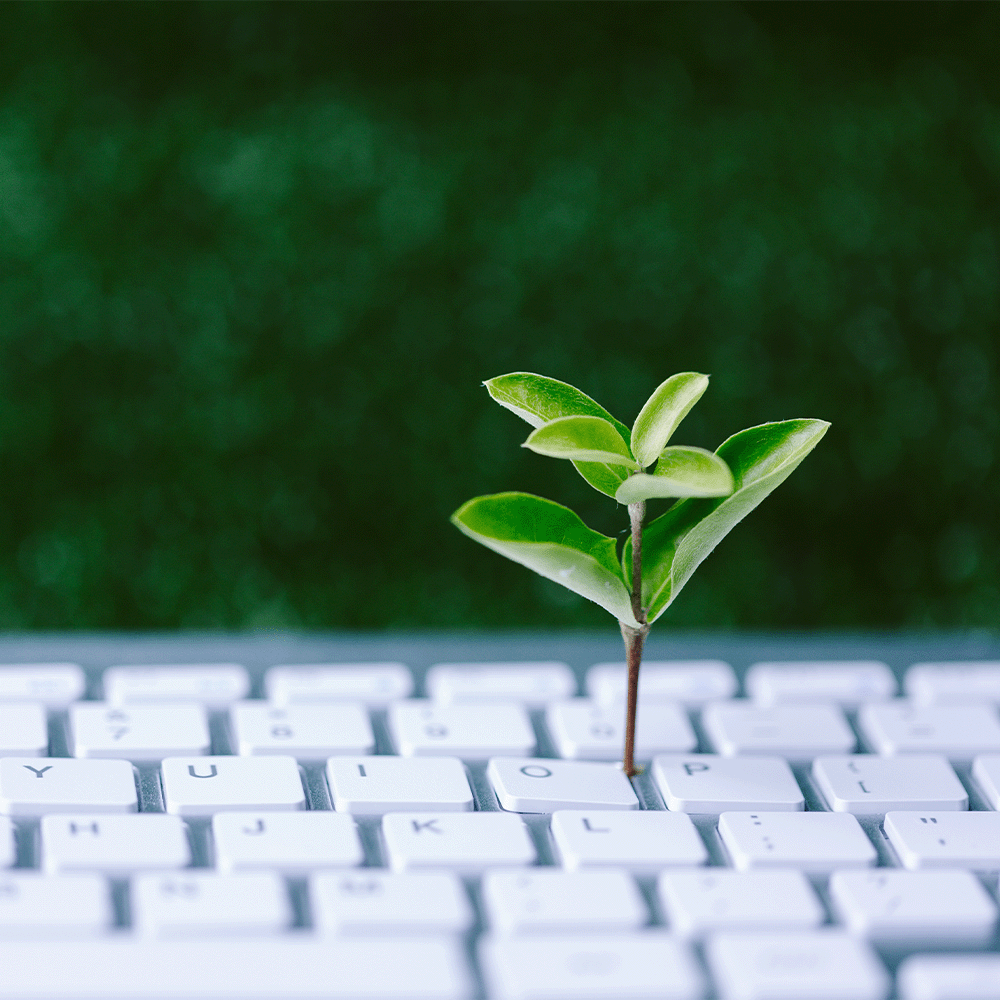BLOG
The Easiest Ways to Master Eco-Friendly IT Practices

Since 2008, recorded e-waste has doubled in the IT and telecom industries. Worldwide, over 40 million tons of electronic waste are produced every year, and it makes up the current majority of toxic waste disposed of on an annual basis. While leaving a smaller environmental footprint can prove costly to many organizations, there are several easy and cost-efficient ways to manage e-waste and change regular habits to make a better eco-friendly IT impact on the environment.
1. Warranty and Repair for Older Devices
A good method for extending the life of devices overall, meaning fewer of them will need to be disposed of every year, it’s a good idea to purchase extended warranties on devices so they can be repaired easily rather than just replaced. For laptops that are still functional but may have smaller flaws, consider the cost of repairing them and the environmental impact before considering the cost of just replacing them. For devices that have easily interchangeable parts, consider doing upgrades instead of purchasing new ones.
2. Invest in Energy-Efficient, Eco-Friendly IT Replacements
If an older device might not be repairable or a need for new equipment arises, do careful research into the device you’re looking for. Energy-efficient certifications on devices, or devices created with environmentally friendly materials are slowly becoming more readily available in the market. Being aware of a device’s carbon footprint means you can make plans to invest in offset initiatives, designed to balance out or completely neutralize the environmental impact of your IT operations.
3. Change Your Work and Office Habits
Some of the easiest changes to make to massively adjust your environmental impact is just changing a few daily habits. Something as simple as using better power savings on a laptop to make it shut down or go to sleep mode when not in use can massively reduce unnecessary energy consumption. Another major change can be adopting a Paperless Initiative, which moves contracts, documentation, collaborative projects, and signatures to online platforms to reduce the effects of paper waste in your industry. Responsible printing contributes to less annual paper waste and encourages healthier recycling habits.
4. Mindful E-Waste Recycling
On the topic of healthier recycling habits, always be aware of the proper ways of disposing of your tech. While some devices can be donated to good causes or repurposed for other uses, sometimes technology has simply reached the end of its life and needs to be disposed of. There are many regulations involved in managing technical waste, though using these venues can sometimes be costly. Always make sure that you’re using a reliable WEEE (Waste, Electrical, and Electronic Equipment) recycling company. At 10-100 Consultancy, we often offer to help dispose of unnecessary equipment from our office through reliable sources in batches to lessen multiple unnecessary individual collections from our clients.
5. Virtualize Unnecessary Equipment and Work Travel
For many small businesses, it’s often not necessary to keep a large server cabinet. Virtualization involves consolidating multiple physical servers into virtual instances on a single server. Cloud computing allows for resource sharing and dynamic allocation, reducing the need for physical hardware. Both practices contribute to lower energy consumption and reduced hardware requirements.
Promoting telecommuting and remote work often reduces the travel time required for workers, resulting in the reduction of carbon emissions from commuting. This same approach can be helpful for reducing carbon emissions from business travel like plane tickets and rental vehicles. By moving to video conferencing solutions and teleconferencing for larger and international meetings, it can greatly reduce the environmental footprint of entire organizations.
In a world increasingly shaped by technology, the IT industry bears both the obligation and the potential to lead the charge toward a more sustainable future. By embracing the easy and impactful practices outlined in this article, we can collectively reduce the environmental footprint of IT operations. Adopting these simple strategies helps pave the way for a greener IT industry and may inspire others to join us in preserving our planet for generations to come.
If you’re interested in how you can make some of the changes outlined in this article or need help with sourcing better environmentally friendly options for your devices or work habits, give our sales team a call at 01908 087000; we’re happy to help move you to a more digital presence or make sure you’re disposing of your equipment properly.


